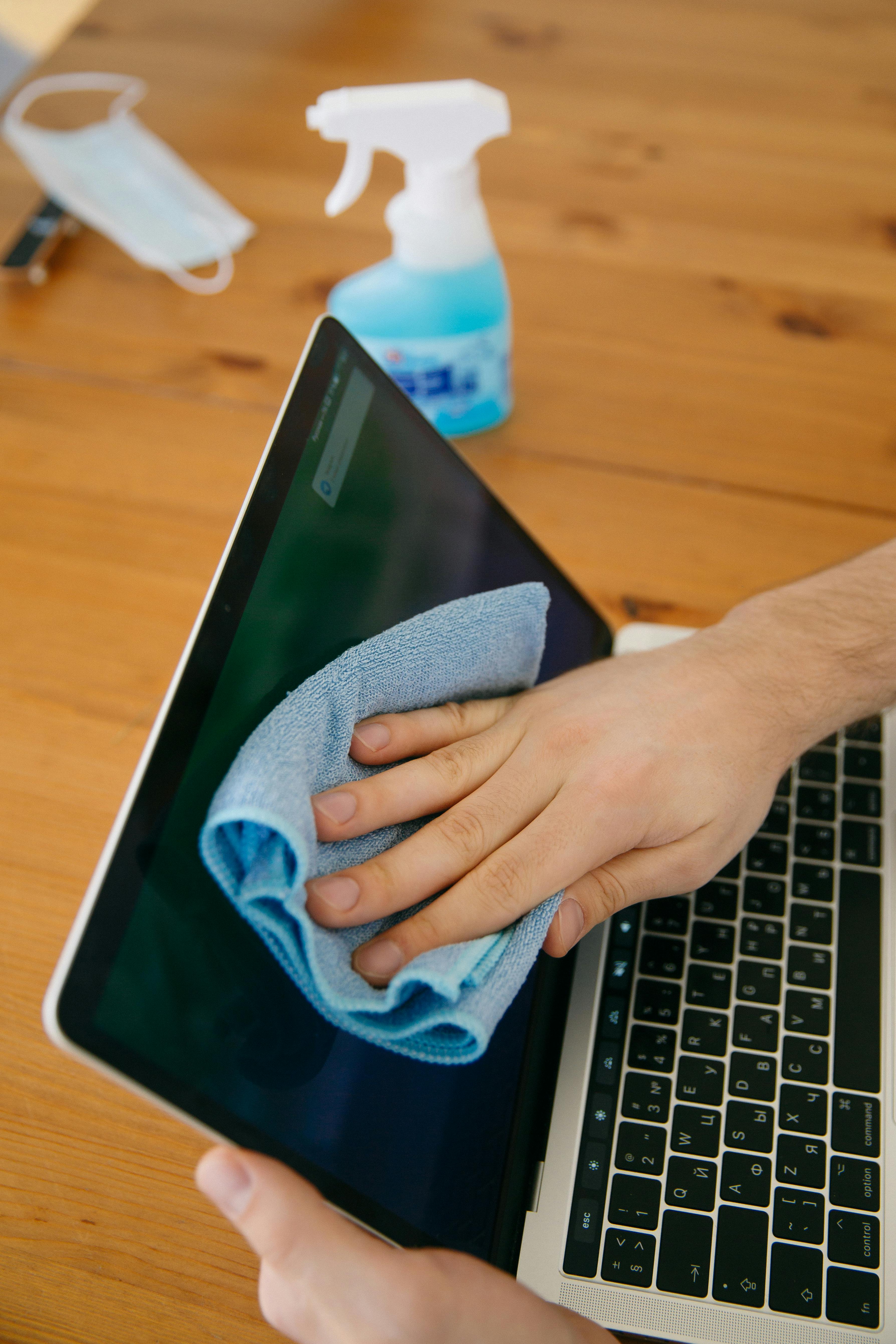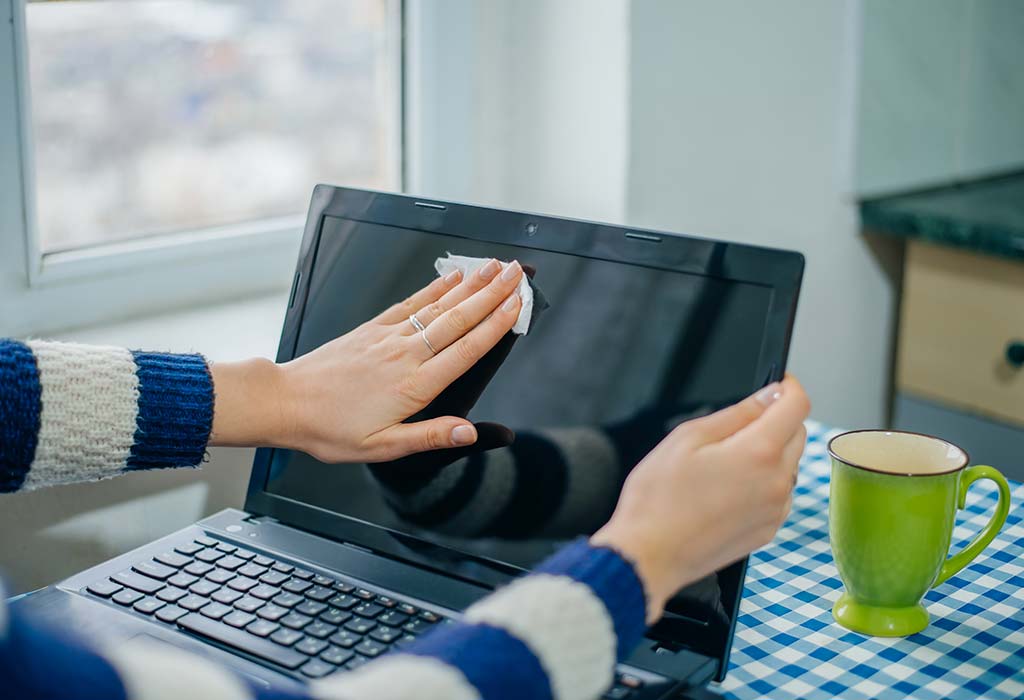

Grab a spray bottle and add a solution of half water and half vinegar to it. If you prefer to use easily accessible household products, then a simple mix of water and vinegar should also give you the same result. Press as gently as you can on the display and be sure to wipe in one direction only rather than in circles, to avoid any potential damage to your screen. To get the best results, spray the Windex onto a microfibre cloth (never straight onto the screen) and then gently wipe the screen, paying extra attention to the areas that have fingerprint marks or other smudges. Make sure that your screen is definitely glass before you consider this product. Windex should only be used on laptops that have glass screens. Do not do this with a tissue or kitchen roll as it could scratch the surface.Īnother thing to always do before you start cleaning is to turn off your device and make sure that it is not connected to a power outlet. The first step, no matter which method you will use, is to dust the surface of the screen.

It would also be beneficial to check if the manufacturer mentions any special cleaning instructions for the screen. If you’re not sure what your screen is made of then you should google the make and model of your laptop and check whether the screen is LED, LCD or something else. The method that you should use to clean your laptop screen really depends on whether your screen is made of glass or plastic. What Is the Best Method to Clean a Laptop Screen? Fingerprints and other marks can cause the screen to start looking slightly greasy, especially in the corners, and simply wiping it with a dry cloth or even an eyeglass cleaner often makes no difference at all. Laptop screens can be surprisingly tricky to get properly clean.


 0 kommentar(er)
0 kommentar(er)
